3 min read
2022 Strategic Planning: 5 Ideas for Enhancing Your Branches (Even in a Volatile Market)
 Jared Jones
:
Aug 19, 2021
Jared Jones
:
Aug 19, 2021

 It’s August, and for many financial executives, that means the annual ‘strategic planning’ rite of passage for the upcoming year. But unlike years before, 2022 will look a little different due to post-pandemic market conditions.
It’s August, and for many financial executives, that means the annual ‘strategic planning’ rite of passage for the upcoming year. But unlike years before, 2022 will look a little different due to post-pandemic market conditions.
If you have plans to remodel or build new branches–look like an expert and avoid missteps with these ideas.
Make branch consistency a priority with light refreshes
We all have them. Those branches that are painstakingly outdated with teller lines and interior finishes Grandma would approve of.
You know they need updating…but the thought of an expensive, complicated remodeling project keeps you from pulling the trigger.
2022 is the year to finally get those branches in shape with budget-friendly refreshes. You can avoid the volatile lumber and steel market right now, and update six branches for around the cost of one new-build-ground-up branch instead.
Light refreshes are a heck of a lot easier and cheaper to get done, plus can really have a significant impact on the client experience and consistency across your network. Things to consider as part of a light refresh include:
- the basics of fresh paint, new flooring, and furniture removing teller lines and replacing them with Teller Towers
- adding technology like cash recyclers and RTA to enable Universal Associates and advisory conversations
- encouraging mobile adoption with Discovery Bars and onboarding tutorials
- enhancing the client experience and marketing efforts with digital signage
- upping the brand experience with mural walls or other branding elements
To make refreshes even easier, DBSI developed an all-inclusive program called Rapid Refresh that is tied to achieving 4 key outcomes and combines all the design, construction, equipment, software, and training into one convenient solution. It is a great starting point for your planning and budgeting efforts!
Grow at a lower cost and risk by embracing the Micro-Branch trend
Yes, building a huge brand-new branch may be expensive, but there are options for growing cheaper and faster. One thing is certain–stopping all growth while the market calms down is not an option.
The Federal Reserve Board’s 2019 Survey of Consumer Finances reported that 43% of respondents cite “location of branches” as the most important reason for selecting their primary checking provider.
Further, being closer to where your clients live, work, and play massively increases brand awareness. A consumer must be aware of your institution to even consider banking there, so the presence of a local branch can certainly increase clients’ awareness of your brand.
Finally, the “network effect” is a real thing. Those institutions with more branches get more per-branch deposit share and of course larger market share in general. For example, an eight-branch network gains more than twice as much in deposits as a four-branch network, a 16-branch network more than twice as much as an eight-branch network, and so on.
The solution for looking like a growth and efficiency mastermind may be micro branches. These smaller spaces, ranging anywhere from 150 sf – 1500 sf can provide just as many benefits, if not more, than their larger counterpart. And with the need for less materials to build and furnish, the cost to build these can be significantly less.
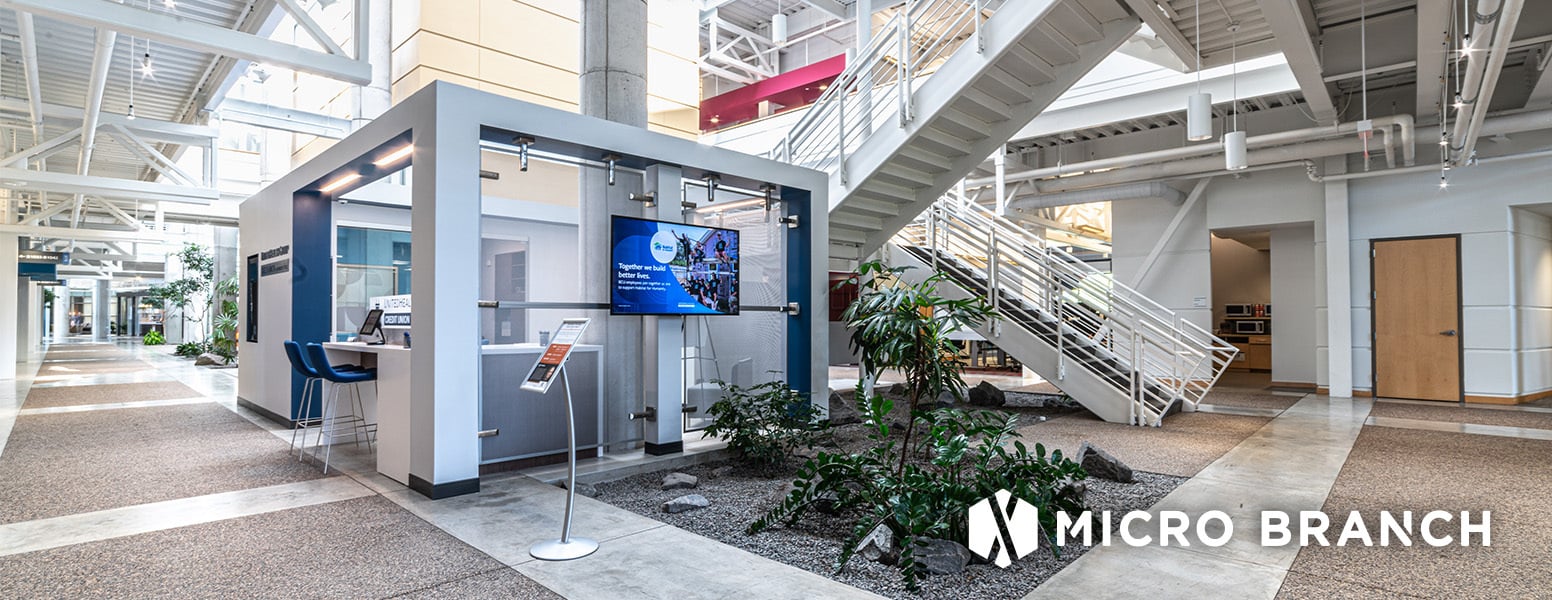
On top of that cost savings is a reduced staffing cost that can add up, too. By strategically deploying the right technology and needing less FTE to operate the space, you are able to add more branches at a relatively low cost and risk standpoint.
Be realistic with your budget
Speaking of costs, if you’re budgeting based on your last construction project cost, you may be in for an unpleasant surprise. Even in normal years, price increases average around 3-5% year-over-year.
However, current market conditions are averaging closer to a 15-30% price escalation—largely due to the unprecedented rising costs of lumber, copper, and brass we mentioned earlier. On top of that, there is a severe skilled labor shortage that is further adding costs.
While there is no way around some increases and inflation, working with an experienced company that has a larger network of subcontractors can help secure better competitive pricing. Plan on speaking with a professional early on so you can get a realistic estimate of what your project investment will be and bring a realistic number to the board to avoid having to go back and ask for more money.
Plan ahead for longer timelines
It goes without saying the early bird gets the worm. Even more so for 2022, make sure to get a head start on executing any plans early on. The average new-build-ground-up project takes about 18 months (about 1 and a half years) to fully complete from the first meeting to when the doors open to the public.
However, pent-up demand and current material shortages are elongating timelines anywhere from double to triple normal timelines. Don’t be left in the dust.
Anticipating this ahead of time and getting started early can help keep your project on track. Remember, most projects must go through design, engineering, and city approvals before construction gets started. This could take weeks or months, longer for larger projects. Factor this time into escalation and budget contingencies to avoid unexpected delays.
Join this informative webinar
Want even more ideas on 2022 strategic planning? Hear from the DBSI experts and 4 other banking executives in this webinar on how they are doing their strategic planning, what trends they are focusing on, and how to make next year a success.

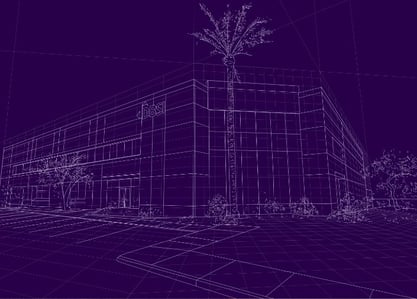












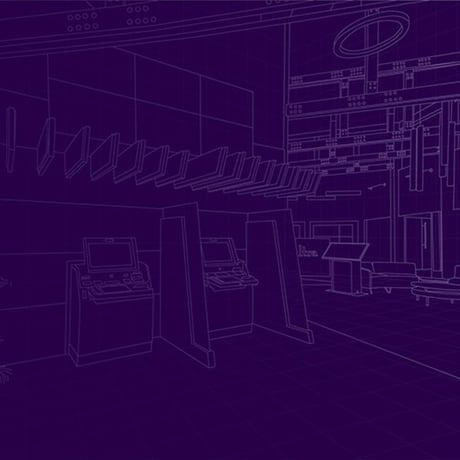


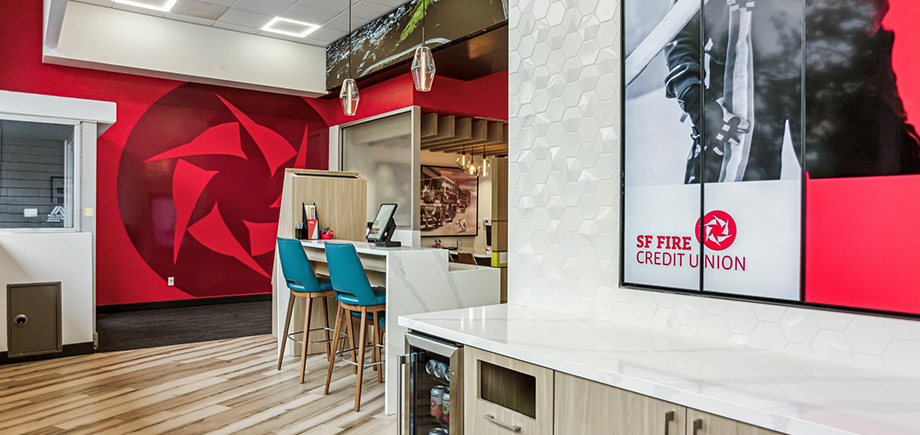
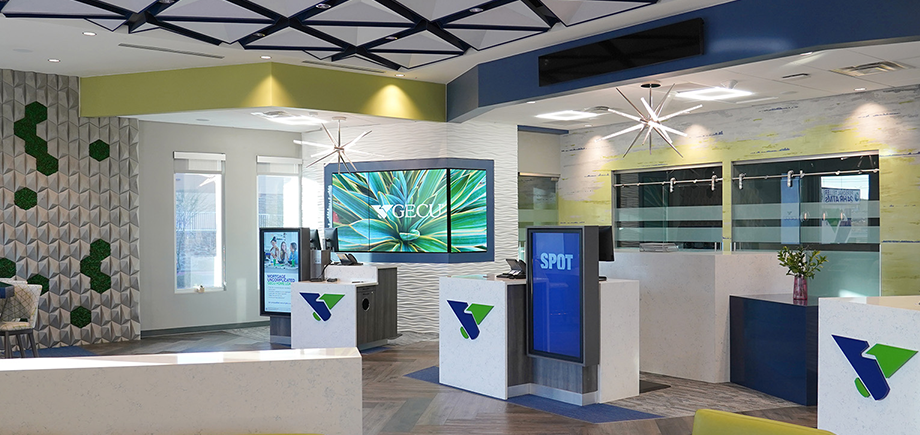





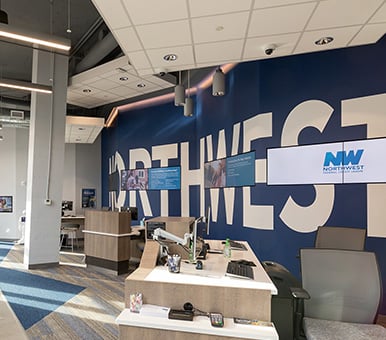
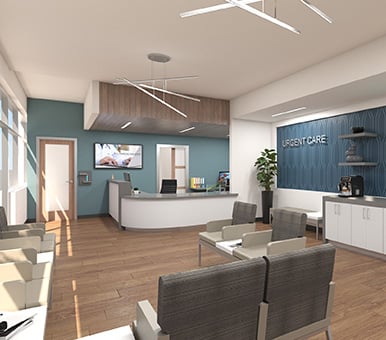







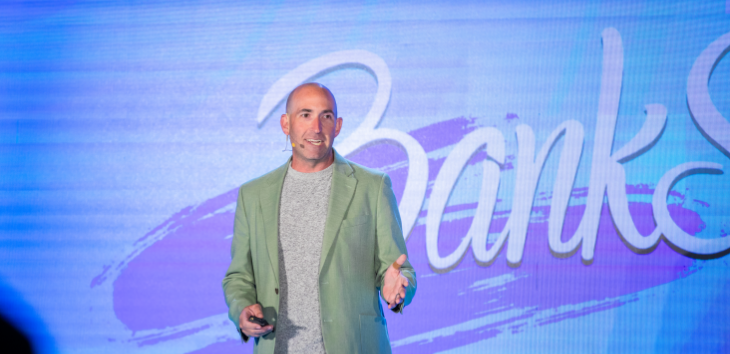

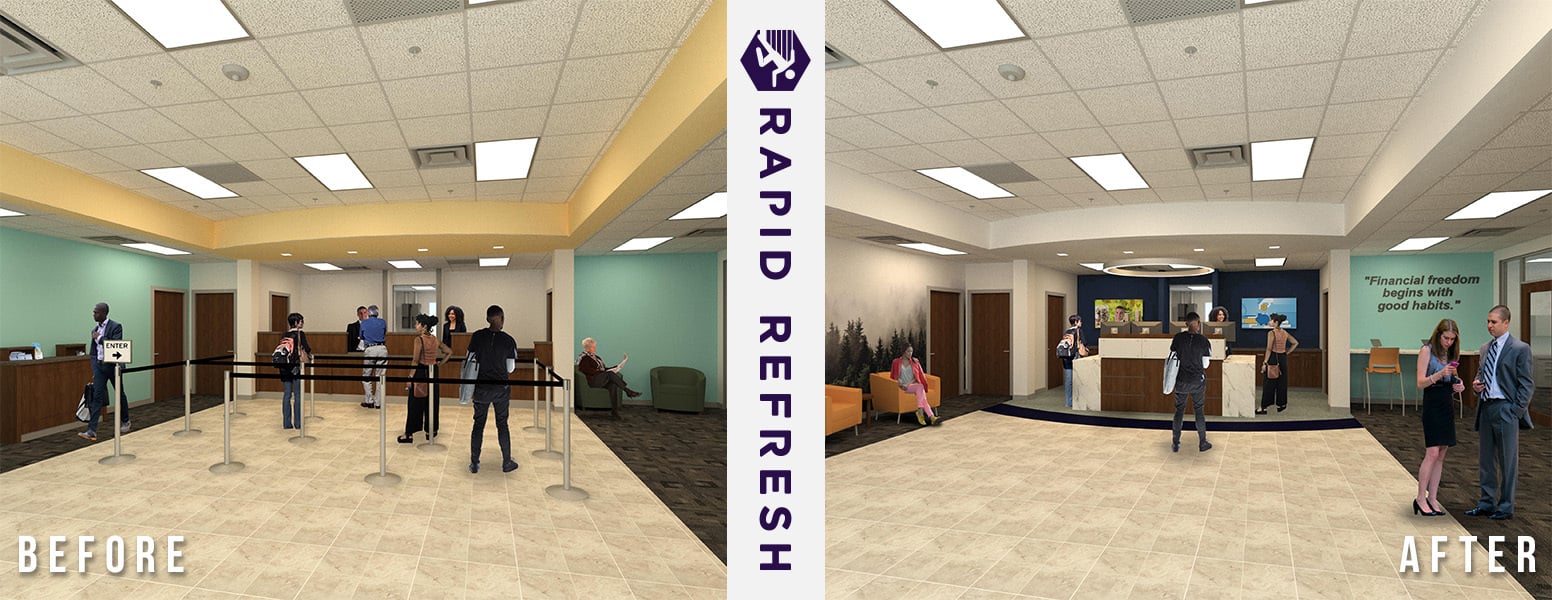

-1.png)
-4.png)
